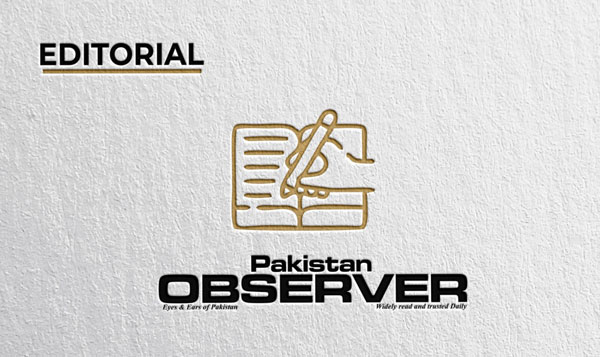In a pioneering move to tackle hazardous levels of smog in Lahore, the caretaker Punjab government has implemented the first-ever artificial rain experiment, signalling an approach to address persistent issue of air pollution in the city. The artificial rain, facilitated by planes equipped with cloud seeding technology, targeted 10 areas of Lahore, a city frequently ranked among the worst globally for air quality. The initiative was made possible through collaboration of the United Arab Emirates (UAE), which provided necessary support for the experiment.
Experts in environmental science believe that even modest rainfall can be highly effective in reducing pollution levels. The introduction of artificial rain is anticipated to contribute to an improvement in Lahore’s Air Quality Index (AQI), offering a potential solution to city’s longstanding struggle with dangerously high levels of smog.
The success of the experiment in Lahore could set a precedent for other regions facing similar challenges, paving the way for adoption of this approach on a broader scale. The UAE has increasingly used artificial rain, to create rain in arid expanse of the country. It is also being used in different countries for enhancing winter snowfall and increasing mountain snowpack, supplementing natural water supply available to communities of the surrounding area. We can work closely with the UAE as well as other countries having expertise to master and equip ourselves with this technology. Air pollution in Pakistan has escalated in recent years, primarily due to huge traffic emissions, seasonal crop burning and adverse winter weather conditions. Lahore, with a population exceeding 11 million, bears brunt of this toxic smog during the winter season. Long-term exposure to such hazardous air can lead to several diseases.
While artificial rainfall initiative marks a commendable step forward, there is a need for a broader approach to address air pollution. Both federal and provincial governments must collaborate on comprehensive strategies, including stringent regulations for industries to adopt cleaner technologies and reduce emissions. Furthermore, transitioning to electric vehicles is essential in curbing vehicular pollution, a significant contributor to poor air quality. Simultaneously, reducing housing schemes and promoting large-scale forestation projects should continue to counterbalance carbon emissions and enhance overall environmental sustainability.










